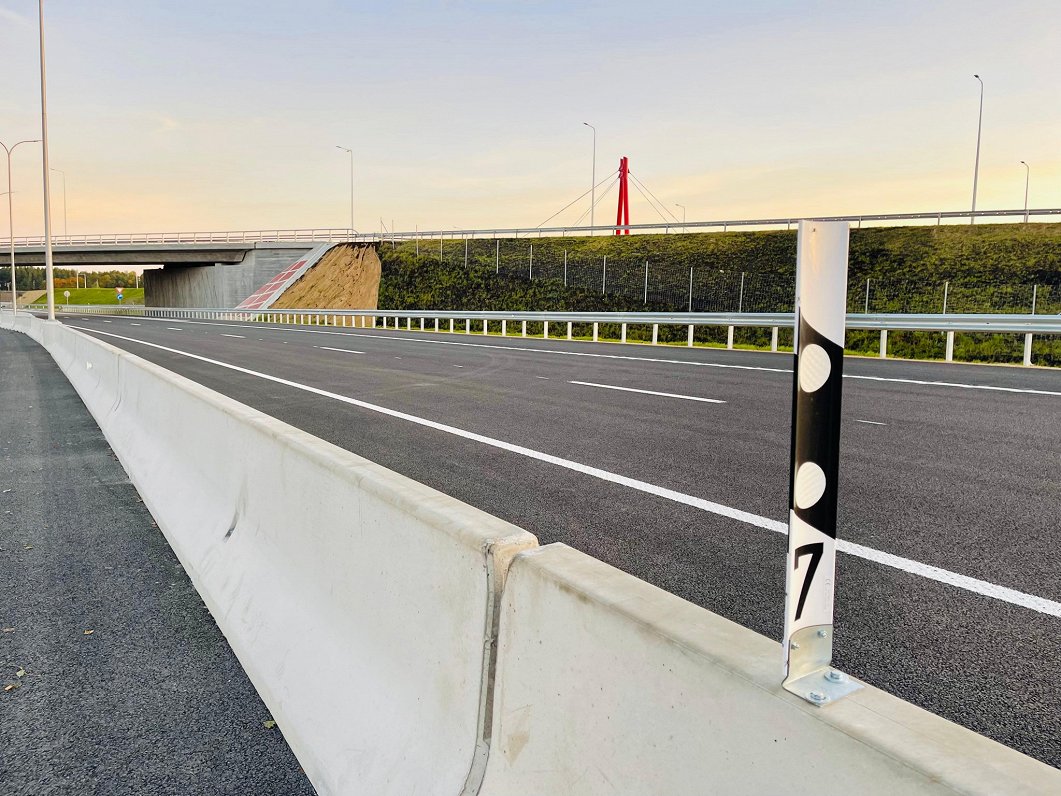The 250-million-euro bypass is the first road in Latvia designated as a "High speed road" – which means that pedestrians and cyclists will not be allowed to travel on it. Construction started in 2021 and, unusually, was funded via a public-private partnership (PPP) model.
The new Ķekava bypass is part of the Bauska highway (A7) which is one of the busiest roads in Latvia, with an average traffic volume of 17,000 cars per day, and on some sections of the road as many as 25,278 vehicles.
In total, the bypass is almost 18 kilometers long, of which a little more than 11 kilometers is a two-lane road with four lanes. Motorists traveling from Lithuania to Riga via Bauska or vice versa will now have the opportunity to avoid traffic jams in Pieriga, predicts Latvijas Valsts Ceļi (Latvian State Roads, LVC).

Motorcycles, tricycles, quadricycles, cars and buses are allowed to drive on this road, but not tractors, while the infrastructure for cyclists and pedestrians is provided along quieter parallel roads.
The maximum driving speed on the high-speed section of the ring road during the summer will be up to 120 km/h, and during the winter period from October 16 to April 15, it will be 90 km/h.
Local residents of Ķekava told Latvian Radio that they are happy with the project and expect to see fewer traffic jams. However, a truck driver told Latvijas Radio that rather than eliminating jams, the Ķekava bypass will simply move them closer towards Riga.

Construction works continue on 26 sections of national highways as workers race to get as much done as possible before winter hits. All current traffic restrictions are displayed on the interactive map maintained by LVC at the website www.lvceli.lv .






























